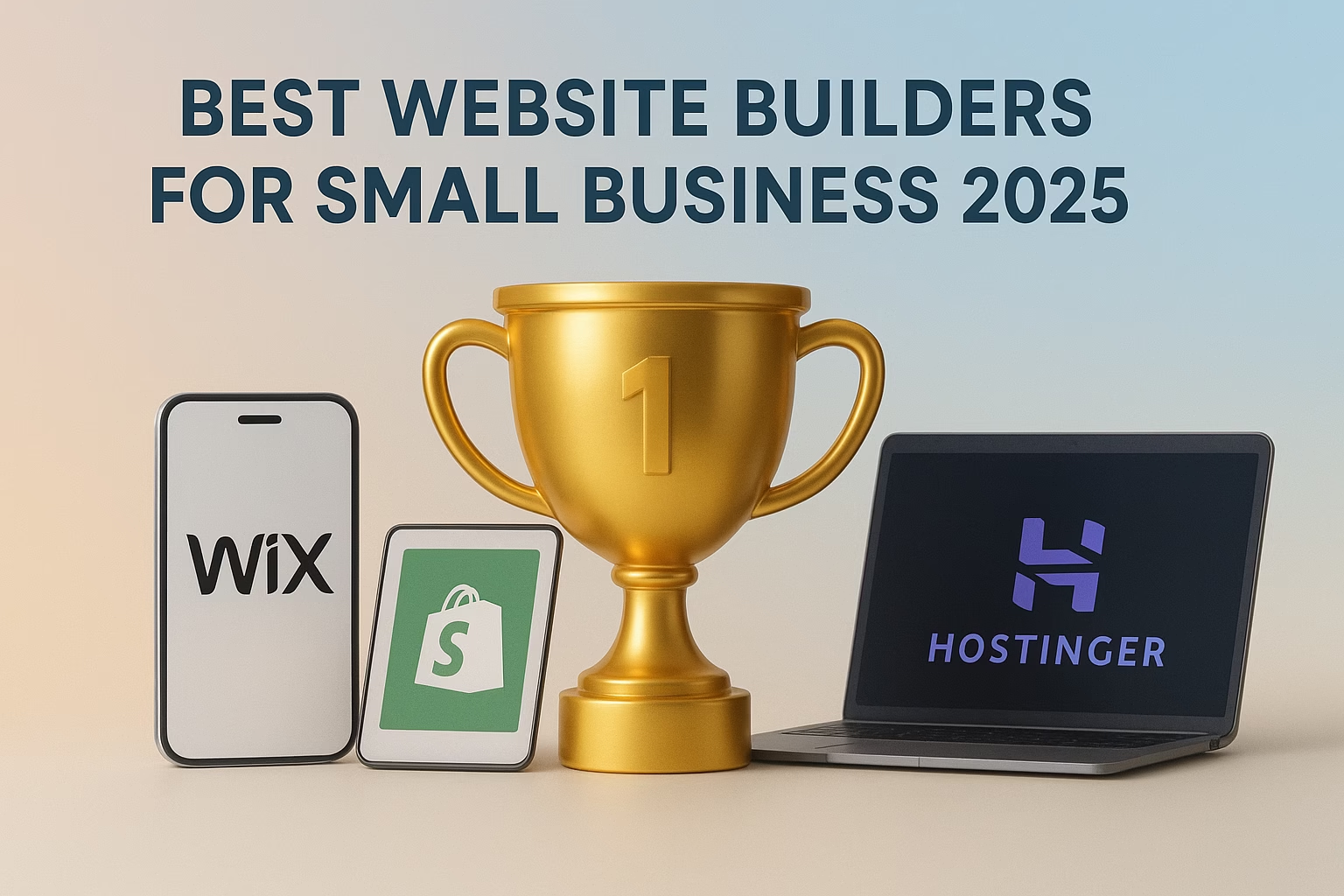This is how it all started…
It all began with a simple thought “What if there was one place where anyone could learn how to start a business no matter their background or budget?”
I had seen so many people with great ideas but no clear guidance. Some didn’t know where to begin, others were afraid of making costly mistakes. I wanted to change that.
So, late at night, with a second-hand laptop and a head full of notes, I started building a small website. At first, it was just a few articles step-by-step guides on starting simple businesses like a pani puri stall, a tiffin service, or a small online shop. I wrote them in plain language, with real numbers, real examples, and tips anyone could follow.
Slowly, people began to find the site. They read, they learned, and they started their own ventures. Some messaged me saying, “Your guide gave me the courage to start.” That’s when I knew this was bigger than me.
Today, the website has grown into a hub for entrepreneurs — from street food vendors to digital startups. Every article is written with one goal: to turn readers into doers.
And it all started with one belief that knowledge should be free, practical, and powerful enough to change lives.

Sooraj Saha
Writer & Founder of Startupgurubusiness.com











